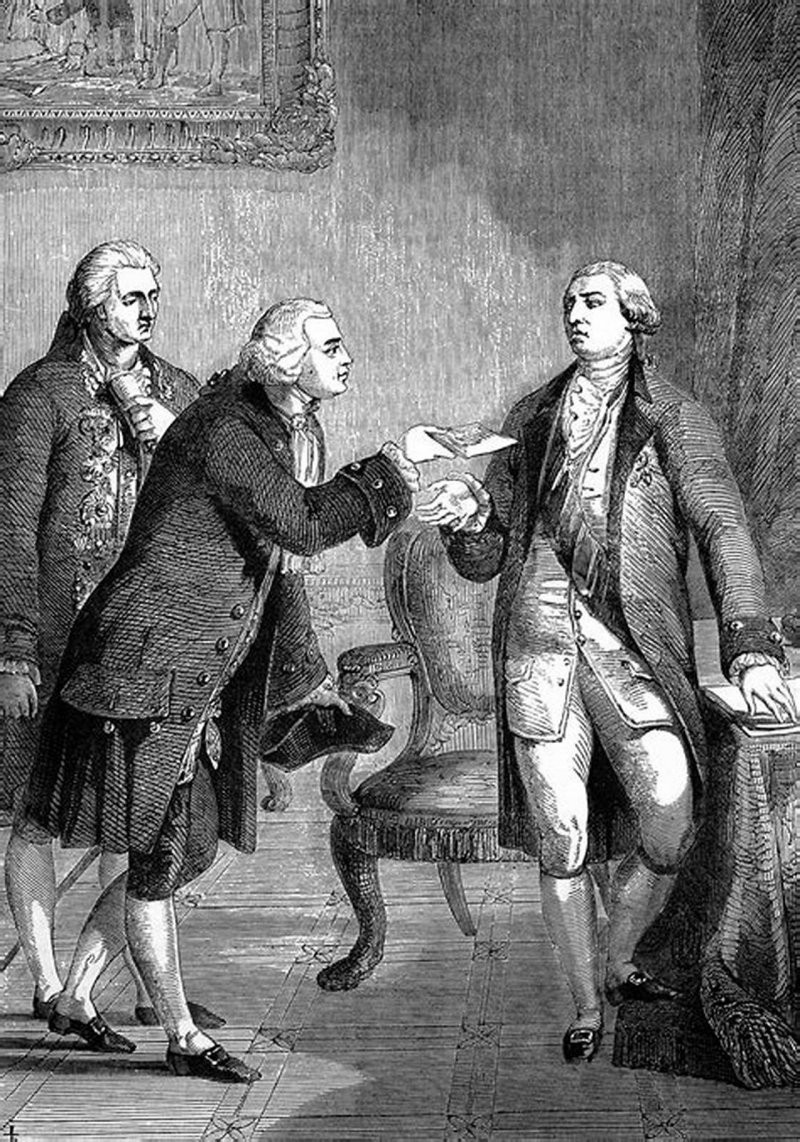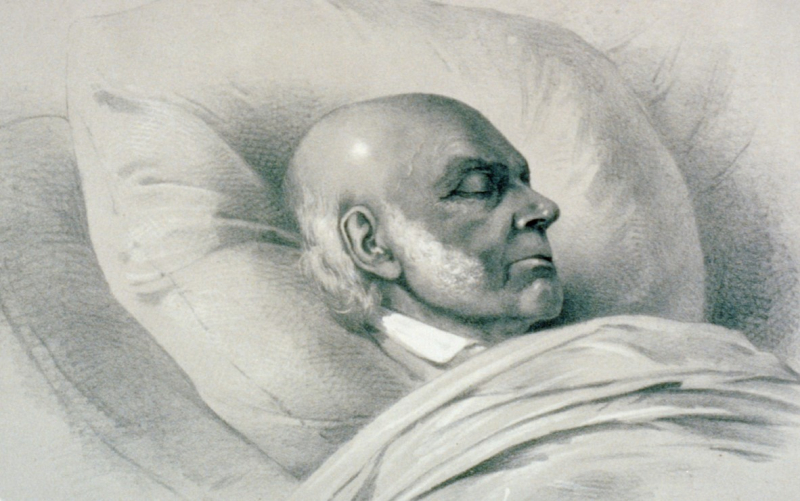Adams died on the same day as Thomas Jefferson
The last remaining members of the original American revolutionaries—those who had opposed the British empire and established a new political order in the former colonies—were Thomas Jefferson and John Adams. While they shared a commitment to democracy and the pursuit of pleasure, their views on how to make these principles a reality changed with time. Adams and Jefferson, once fellow patriots and then fierce competitors, rekindled their friendship after leaving the White House.
Perhaps appropriately, the two men who signed the Declaration of Independence passed away exactly 50 years apart on July 4, 1826. Thomas Jefferson lives, the 90-year-old Adams said as he lay dying. The opposite was true. The 83-year-old Jefferson had passed away at Monticello five hours earlier. Only one signatory of the Declaration of Independence was still alive after the passing of Adams and Jefferson: Charles Carroll.
Here is one of explainations for this: As the news of the two deaths reached the public, the same-day demise was widely interpreted as a matter of divine intervention. John Quincy Adams, John Adams’s son and by then himself president, wrote in his diary the night he heard the news that the fact that his father and Jefferson had died on the same day and that it was the 4th of July could not have been a mere coincidence but was a “visible and palpable” manifestation of “Divine favor.”1 In Baltimore, Samuel Smith delivered a eulogy that attributed the timing of Adams’s and Jefferson’s deaths to an “All-seeing Providence, as a mark of approbation of their well spent lives . . . .”2 In Boston, Daniel Webster delivered a two-hour eulogy in Faneuil Hall, insisting that the fact that the deaths had occurred on the nation’s 50th birthday was “proof” from on high “that our country, and its benefactors, are objects of His care.”3











